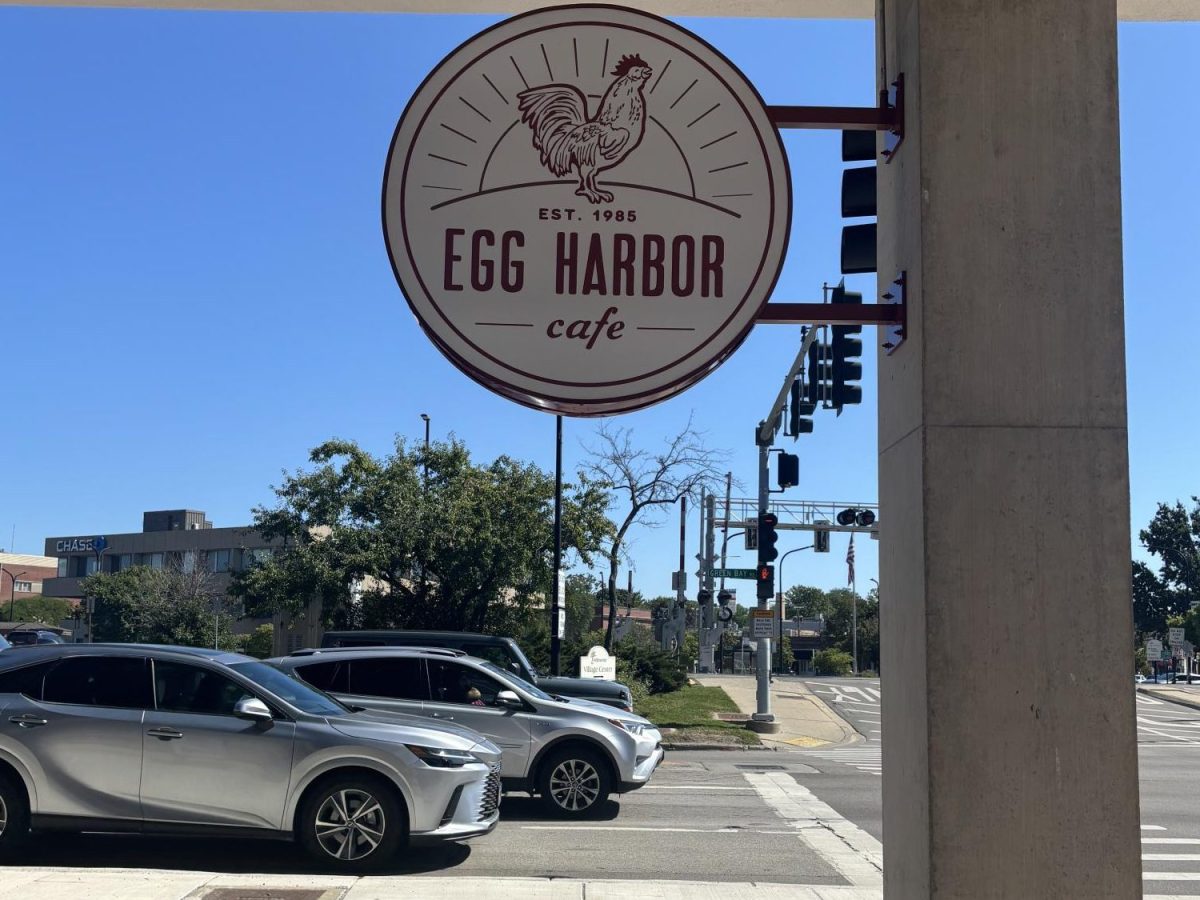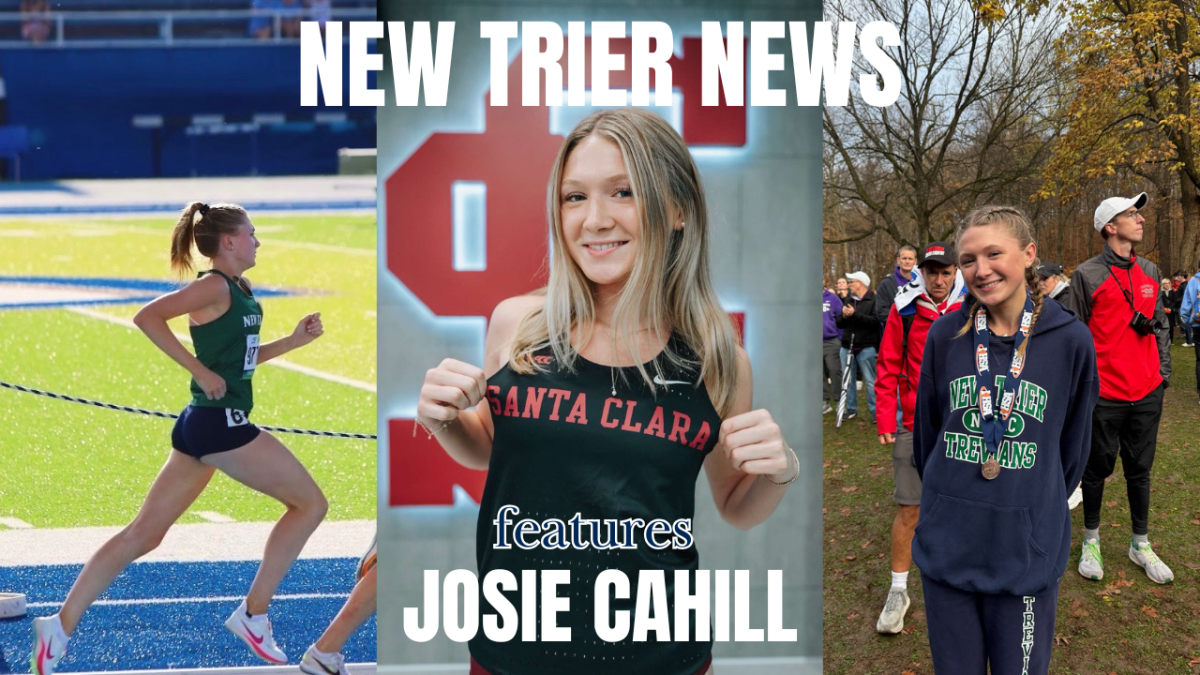Each year, the attendance of the Lollapalooza music festival grows. As the crowd increases, less people seem to be there to see the bands.
For many people, Lollapalooza is not a musical gathering. It’s a weekend-long party with special effects provided by marijuana, alcohol, and ecstasy.
One of the most occupied stages at Lollapalooza every year is Perry’s, named after the festival’s curator and Jane’s Addiction/Porno For Pyros frontman Perry Farrell. The stage features electronic music artists; this past year the stage hosted such acts as Steve Aoki, Steve Angello, and Knife Party.
Another act that played on this stage was Major Lazer, a duo that performs in the electronic subgenre known as dancehall. Now, to be honest, I was a little disappointed that I did not get to see them perform. Why? Because I’m a genuine fan of their music. In fact, their new album, Free The Universe, is one of my favorites so far of 2013.
So, why didn’t I go see them? Well, besides staying at the Red Bull stage the entire day to see The Cure from the front row, there was one thing holding me back from ever stepping foot in the direction of Perry’s stage: the people.
Now, I have no problem with people who are interested in electronic music. I actually enjoy a variety of electronic artists myself. But it’s the way these people act and in what they partake that bothers me. The first two really go hand in hand.
The substances attendees at Perry’s stage imbibe are certainly affect their behaviors. It’s not like they care though. The majority of people hanging around Perry’s (and in some cases, other Lolla stages) are not there for the love of music. The three days are just an expensive excuse to get wasted, dress provocatively, and hang out with friends.
As an avid music fan, I attended Lollapalooza to see two of my favorite bands of all time, Nine Inch Nails and The Cure. Unless Perry Farrell’s mission was to have Lollapalooza be a giant hangover enducer, I’ve got a good feeling that I went to the festival for the intended reason: to see the bands I care about, and to live out my passion for music.
On both Friday and Sunday, I stayed at the same stage for the entire day so I could be front and center to see my bands. Along with that, I got to see some other great groups in the process, like Queens of the Stone Age, Band of Horses, Tegan and Sara.
I got to meet some great people hanging around those stages for ten hours each day, all of whom were there for similar motives as me. Everyone around me shared one key thing in common: we were all there for the music.
We couldn’t believe anyone who wasn’t. I must reiterate that I have nothing against the musical tastes of those who do spend their Lollapalooza weekends under the influence and inattentive to the music around them. Perhaps they could be enhanced a bit, but that’s beside the point.
The strange thing about all of this is that I don’t experience this feeling at any other music festival. At the Pitchfork Music Festival in Chicago, everyone I saw there was dedicated to the music. Even people I knew who attended that were unfamiliar with many artists still weren’t there just to party – they were there to experience new music. Similarly, I witnessed people standing by a stage at Summerfest in Milwaukee waiting to see Pretty Lights, a band of which I am not a fan, but can respect the fans for taking the time and dedication to be front and center. As I walked around the rest of that festival, I didn’t see anyone who was just there to party.
Maybe it’s just me, but every year it seems that Lollapalooza becomes less of a music festival and more of an excuse for useless public intoxication. What still surprises me is that the festival continues to book slightly out-of-place bands that still draw a huge attendance, which was the case this year for The Cure and Nine Inch Nails, and last year’s Black Sabbath.
Of course, the crowds at these performances are the real music fans. These people are who music festivals were made for.







































